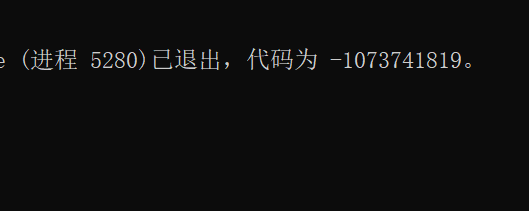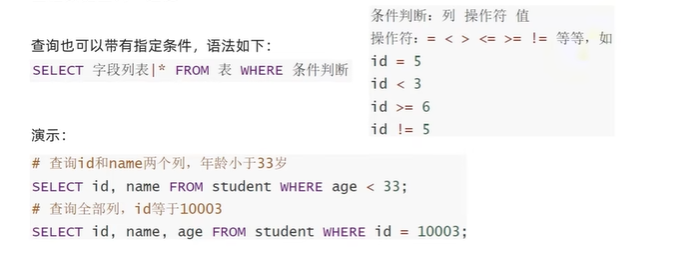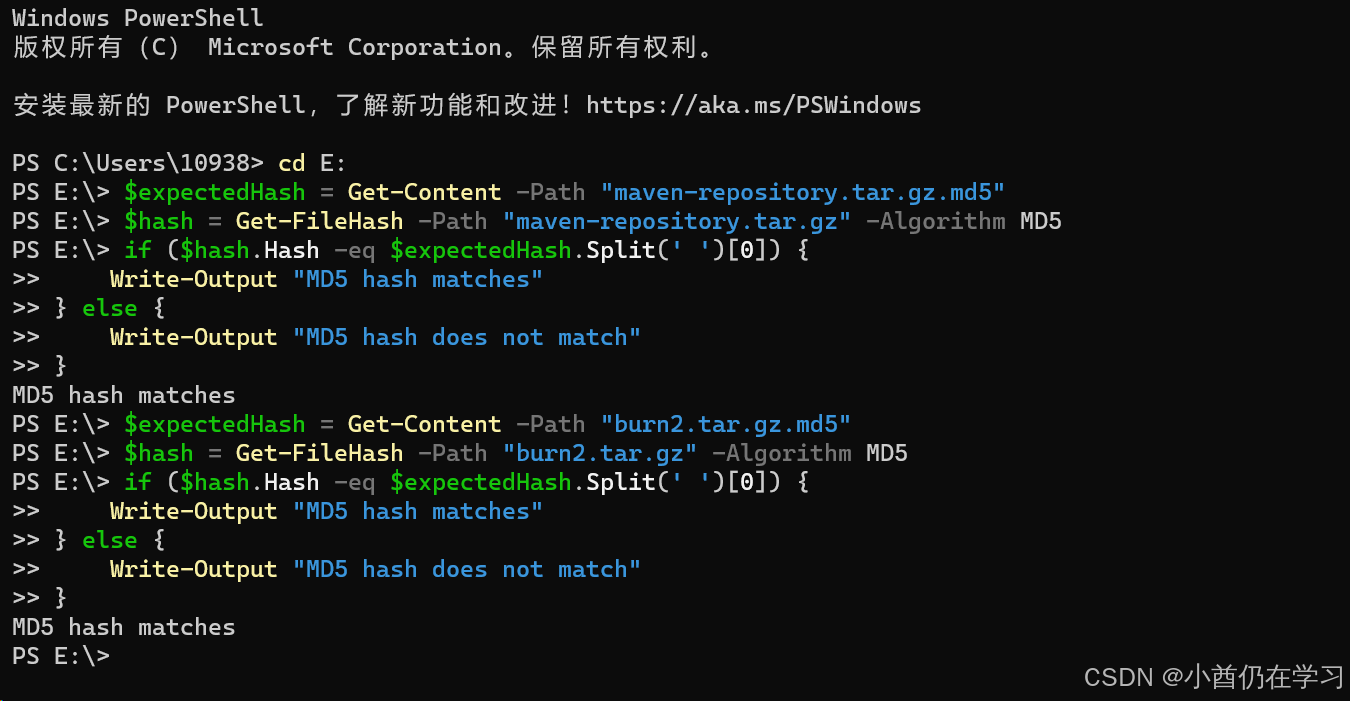TypeScript 是一种静态类型编程语言,它是 JavaScript 的超集,添加了类型系统和编译时检查。TypeScript 的主要目标是提高大型项目的开发效率和可维护性。本文将详细介绍 TypeScript 的核心概念、语法、类型系统、高级特性以及最佳实践。

1. TypeScript 基础
1.1 什么是 TypeScript
TypeScript 是由 Microsoft 开发的一种开源编程语言,它扩展了 JavaScript,增加了静态类型系统和类、接口等面向对象的特性。TypeScript 代码在编译时会被转换为纯 JavaScript 代码,可以在任何支持 JavaScript 的环境中运行。
1.2 安装 TypeScript
要开始使用 TypeScript,首先需要安装 TypeScript 编译器。可以通过 npm(Node.js 包管理器)来安装:
npm install -g typescript
安装完成后,可以使用 tsc 命令来编译 TypeScript 文件:
tsc myFile.ts
1.3 基本语法
TypeScript 的基本语法与 JavaScript 非常相似,但增加了一些类型注解。
1.3.1 变量声明
在 TypeScript 中,可以使用 let 和 const 关键字来声明变量,并指定其类型。
let message: string = "Hello, TypeScript!";
const pi: number = 3.14;
1.3.2 函数声明
函数可以有参数类型和返回类型注解。
function add(a: number, b: number): number {
return a + b;
}
1.3.3 类型推断
TypeScript 支持类型推断,编译器可以根据赋值语句推断变量的类型。
let message = "Hello, TypeScript!"; // 类型推断为 string
2. 类型系统
2.1 基本类型
TypeScript 支持以下基本类型:
booleannumberstringnullundefinedanyvoidneverobjectarraytupleenum
2.1.1 数组
数组类型可以通过在元素类型后面加上 [] 来表示。
let numbers: number[] = [1, 2, 3];
2.1.2 元组
元组是具有固定类型的数组。
let tuple: [string, number] = ["TypeScript", 2012];
2.1.3 枚举
枚举类型用于定义一组命名的常量。
enum Color { Red, Green, Blue }
let color: Color = Color.Red;
2.2 复杂类型
2.2.1 对象类型
可以使用接口(Interface)或类型别名(Type Alias)来定义对象类型。
interface Person {
name: string;
age: number;
}
type Person = {
name: string;
age: number;
};
let person: Person = { name: "Alice", age: 30 };
2.2.2 泛型
泛型允许你在定义函数、接口或类的时候,不预先指定具体类型,而在使用的时候再指定类型。
function identity<T>(arg: T): T {
return arg;
}
let result = identity<string>("Hello");
2.3 联合类型和交叉类型
2.3.1 联合类型
联合类型表示一个值可以是几种类型之一。
let value: string | number = "Hello";
value = 42;
2.3.2 交叉类型
交叉类型是将多个类型合并为一个类型。
interface A {
a: string;
}
interface B {
b: number;
}
let ab: A & B = { a: "Hello", b: 42 };
3. 高级特性
3.1 类和接口
3.1.1 类
TypeScript 支持类,可以定义属性、方法和构造函数。
class Animal {
name: string;
constructor(name: string) {
this.name = name;
}
move(distance: number = 0) {
console.log(`${this.name} moved ${distance}m.`);
}
}
let dog = new Animal("Dog");
dog.move(10);
3.1.2 接口
接口用于定义对象的结构。
interface Animal {
name: string;
move(distance: number): void;
}
class Dog implements Animal {
name: string;
constructor(name: string) {
this.name = name;
}
move(distance: number) {
console.log(`${this.name} moved ${distance}m.`);
}
}
let dog: Animal = new Dog("Buddy");
dog.move(10);
3.2 装饰器
装饰器是一种特殊类型的声明,可以被附加到类声明、方法、访问器、属性或参数上。装饰器使用 @expression 这种形式,其中 expression 求值为一个函数,该函数会在运行时被调用,被装饰的声明信息做为参数传入。
3.2.1 类装饰器
类装饰器用于修改或增强类的行为。
function readonly(target: any, propertyKey: string, descriptor: PropertyDescriptor) {
descriptor.writable = false;
}
class Example {
@readonly
name: string = "Example";
@readonly
getName(): string {
return this.name;
}
}
let example = new Example();
console.log(example.getName()); // Output: Example
example.name = "NewName"; // TypeError: Cannot assign to read only property 'name' of object '#<Example>'
3.2.2 方法装饰器
方法装饰器用于修改或增强类的方法。
function enumerable(value: boolean) {
return function (target: any, propertyKey: string, descriptor: PropertyDescriptor) {
descriptor.enumerable = value;
};
}
class Example {
@enumerable(false)
getName(): string {
return "Example";
}
}
for (let key in new Example()) {
console.log(key); // No output
}
3.3 模块
模块用于组织和封装代码,防止命名冲突。
3.3.1 导入和导出
可以使用 import 和 export 关键字来导入和导出模块。
// math.ts
export function add(a: number, b: number): number {
return a + b;
}
export function subtract(a: number, b: number): number {
return a - b;
}
// app.ts
import { add, subtract } from './math';
console.log(add(1, 2)); // Output: 3
console.log(subtract(5, 3)); // Output: 2
3.3.2 默认导出
可以使用 default 关键字来导出默认值。
// math.ts
export default function add(a: number, b: number): number {
return a + b;
}
// app.ts
import add from './math';
console.log(add(1, 2)); // Output: 3
4. 类型推断和类型断言
4.1 类型推断
TypeScript 可以根据上下文自动推断变量的类型。
let message = "Hello, TypeScript!"; // 类型推断为 string
4.2 类型断言
类型断言允许你覆盖编译器的类型推断,强制指定一个类型。
let someValue: any = "This is a string";
let strLength: number = (someValue as string).length;
let strLength2: number = (<string>someValue).length;
5. 工具类型
TypeScript 提供了一些内置的工具类型,用于在类型级别进行操作。
5.1 keyof
keyof 操作符用于获取对象类型的所有键的联合类型。
interface Person {
name: string;
age: number;
}
type K = keyof Person; // "name" | "age"
5.2 typeof
typeof 操作符用于获取变量的类型。
let message: string = "Hello, TypeScript!";
type MessageType = typeof message; // string
5.3 Pick
Pick 工具类型用于从一个类型中选择一部分属性。
interface Person {
name: string;
age: number;
location: string;
}
type NameAndAge = Pick<Person, "name" | "age">;
5.4 Record
Record 工具类型用于创建一个对象类型,其键和值的类型分别为两个参数。
type PageInfo = Record<string, string>;
let page: PageInfo = {
title: "Home",
url: "/",
};
6. 配置文件
TypeScript 项目通常使用 tsconfig.json 文件来配置编译选项。
{
"compilerOptions": {
"target": "ES6",
"module": "commonjs",
"strict": true,
"esModuleInterop": true,
"outDir": "./dist"
},
"include": ["src/**/*"],
"exclude": ["node_modules"]
}
6.1 常用编译选项
target:指定编译后的 JavaScript 版本。module:指定模块系统的类型。strict:启用严格类型检查。esModuleInterop:允许从 CommonJS 模块中导入 ES 模块。outDir:指定编译输出目录。include:指定包含的文件路径。exclude:指定排除的文件路径。
7. 最佳实践
7.1 保持类型一致性
在大型项目中,保持类型的一致性非常重要。可以通过定义通用的接口和类型别名来确保类型的一致性。
interface User {
id: number;
name: string;
email: string;
}
function createUser(user: User): User {
// ...
}
7.2 使用严格模式
启用严格模式可以捕获更多的类型错误,提高代码质量。
{
"compilerOptions": {
"strict": true
}
}
7.3 使用 TypeScript 与框架结合
TypeScript 可以与各种前端框架和库结合使用,如 React、Vue 和 Angular。这些框架和库通常提供了 TypeScript 的类型定义文件,可以方便地进行类型检查。
7.3.1 React with TypeScript
import React from 'react';
interface Props {
name: string;
}
const HelloWorld: React.FC<Props> = ({ name }) => {
return <div>Hello, {name}!</div>;
};
export default HelloWorld;
7.3.2 Vue with TypeScript
<template>
<div>Hello, {{ name }}!</div>
</template>
<script lang="ts">
import { defineComponent } from 'vue';
interface Props {
name: string;
}
export default defineComponent({
props: {
name: {
type: String,
required: true,
},
},
setup(props: Props) {
return {
name: props.name,
};
},
});
</script>
8. 示例代码
以下是一些综合示例,展示了如何在 TypeScript 中使用不同的特性和最佳实践。
8.1 基本类型和函数
let message: string = "Hello, TypeScript!";
let pi: number = 3.14;
function add(a: number, b: number): number {
return a + b;
}
console.log(add(1, 2)); // Output: 3
8.2 类和接口
interface Animal {
name: string;
move(distance: number): void;
}
class Dog implements Animal {
name: string;
constructor(name: string) {
this.name = name;
}
move(distance: number) {
console.log(`${this.name} moved ${distance}m.`);
}
}
let dog: Animal = new Dog("Buddy");
dog.move(10);
8.3 泛型
function identity<T>(arg: T): T {
return arg;
}
let result = identity<string>("Hello");
console.log(result); // Output: Hello
8.4 装饰器
function readonly(target: any, propertyKey: string, descriptor: PropertyDescriptor) {
descriptor.writable = false;
}
class Example {
@readonly
name: string = "Example";
@readonly
getName(): string {
return this.name;
}
}
let example = new Example();
console.log(example.getName()); // Output: Example
example.name = "NewName"; // TypeError: Cannot assign to read only property 'name' of object '#<Example>'
8.5 模块
// math.ts
export function add(a: number, b: number): number {
return a + b;
}
export function subtract(a: number, b: number): number {
return a - b;
}
// app.ts
import { add, subtract } from './math';
console.log(add(1, 2)); // Output: 3
console.log(subtract(5, 3)); // Output: 2
9. 总结
TypeScript 是一种强大的静态类型编程语言,它扩展了 JavaScript,增加了类型系统和类、接口等面向对象的特性。通过理解 TypeScript 的核心概念、语法、类型系统、高级特性以及最佳实践,开发者可以更高效地使用 TypeScript 构建高质量的大型项目。本文详细讲解了 TypeScript 的各个方面,希望对你理解和使用 TypeScript 有所帮助。
附录
- TypeScript 官方文档:TypeScript 文档
- TypeScript Playground:TypeScript Playground
- MDN Web 文档:TypeScript 简介


















